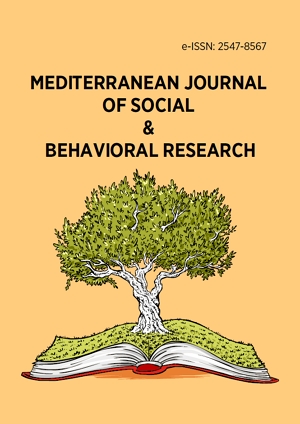Abstract
This work is the part of research which has aim to define methodology of using multimedia for communication of information content of cultural heritage. Methodology would be primarily used by small and medium enterprises or arts managers. In this paper we ask the question, what multimedia are best to use in certain situations, which lead us to understand the space between them. In this work we base on analysis of communication process, which tells us about the essential elements (initiator, recipient and contents). Main actors of this communication are owners, managers or curators. In the text we are presenting the categories of material cultural heritage, which represent the objects of communication. As the recipients we defined three possible target groups and their motivations to receive this kind of communication based on their expectations. The motivations are professional interest, education and relaxation. According to the cognitive theory of multimedia learning we studied and compared the parameters and connections of multimedia design and made possible scenarios how to create multimedia outputs including photography, graphics, video, animation and sound for presentation of material cultural heritage.
License
This is an open access article distributed under the Creative Commons Attribution License which permits unrestricted use, distribution, and reproduction in any medium, provided the original work is properly cited.
Article Type: Research Article
MEDITERR J SOC BEH RES, Volume 2, Issue 2-3, December 2018, 19-22
https://doi.org/10.30935/mjosbr/8383
Publication date: 11 Nov 2018
Article Views: 2591
Article Downloads: 1090
Open Access References How to cite this article
 Full Text (PDF)
Full Text (PDF)